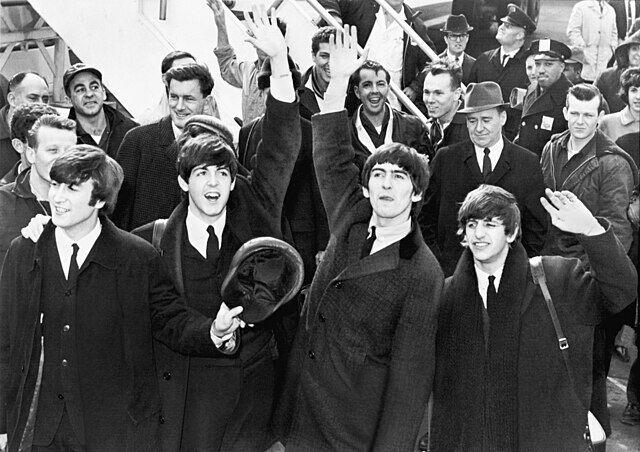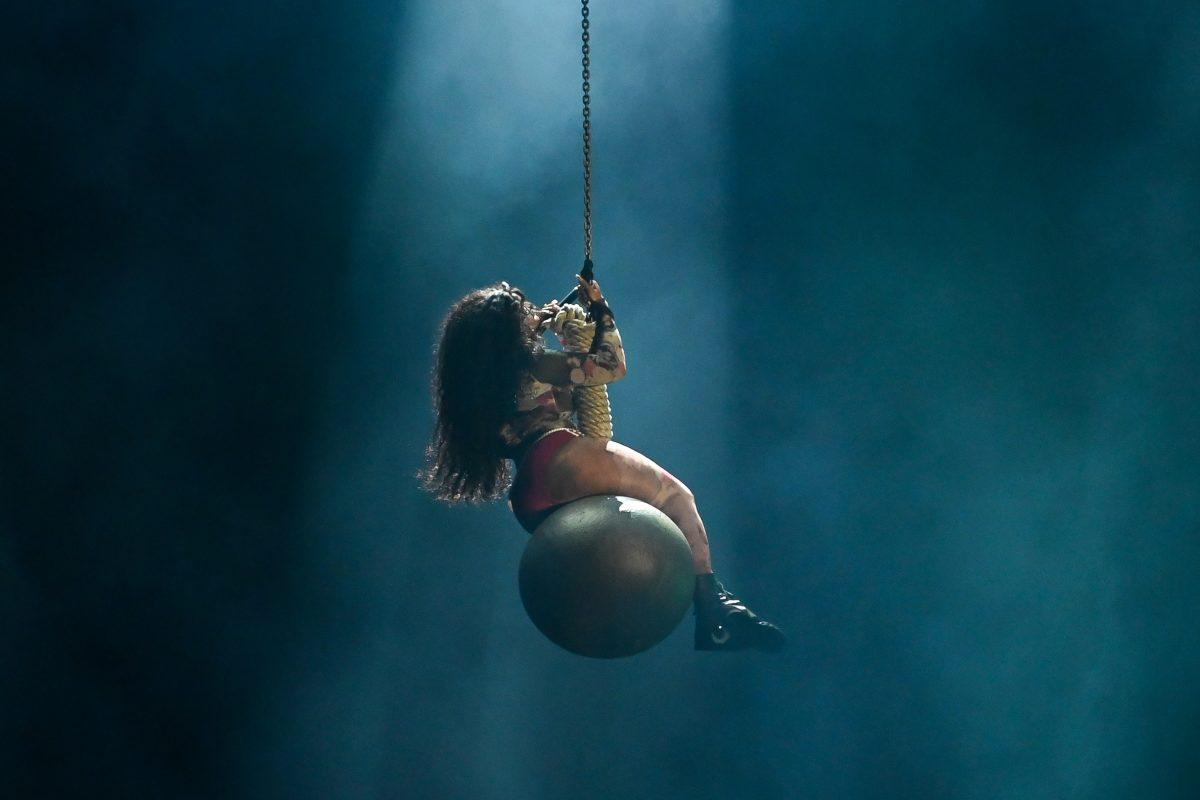Ever since its 1931 debut in James Whale’s “Frankenstein,” horror has proved itself to be one of the most enduring film genres, with countless fans coming back to feel their skin crawl almost a hundred years later. Since then, experts and students alike have studied the genre to find out what exactly it is that has so many viewers exclaiming, “I can’t watch, but I can’t look away!”
Dr. Josie Barth, a teaching assistant professor of film studies, specializes in the study of horror and is currently teaching a graduate course on horror films.
According to Barth, what separates the horror genre from thriller and monster films of the early 20th century is the presence of a monster and how it challenges the status quo. The precursors of the horror genre include silent German Expressionist films, such as “Nosferatu” and the American supernatural film, “Dracula.” While these films featured monsters, it wasn’t until James Whale’s “Frankenstein” that the horror genre was born, as it was purposefully produced and advertised to frighten the audience.
Barth said horror films are only beginning to be taken seriously now, since more people are beginning to realize the impact of the genre and how the monsters of these films symbolize greater disruptions in our society.
“What scares us I think both as individuals and as a society really tells us what we value, and what kinds of taboos are being broken tells us a lot about our own sorts of preconceptions and the things that we sort of hold sacred,” Barth said. “If something scares you, it’s because it is breaking some kind of taboo that you might not even be aware of.”
Ben Cela, a graduate teaching assistant in film studies, said horror films can act as a sort of time capsule, providing insight into what society fears at the time of their release.
“There’s always new anxieties that are being brought up every century and even every decade,” Cela said. “Horror films are known to be in cycles. So every around 10 years or so, there’s some new political or economic or social crisis that’s going on that is being expressed through horror films in one way or another.”
According to Barth, the reason so many people obsess over the genre is found in its cathartic and repetitive nature. Many of the films have tropes and intertextual references to each other, giving horror fanatics certain aspects of films to expect and “overcome.”
“I think the sort of central, maybe fantasy of horror films is that what threatens us is actually something that we can master or control in some way,” Barth said. “So we can sort of symbolically kill off whatever it is that worries us.”
Brian Hill, a first-year studying statistics, said a factor behind horror films not being taken seriously is how corporations found their way into the industry, aiming to make money rather than impactful horror movies.
“Some of the most successful horror films have been made for dirt cheap,” Hill said. “Oftentimes, they (film studios) aren’t really trying to make a good movie, they’re just trying to make fun that makes a lot of money.”
Xochilt Espinoza Jaen, a first-year studying microbiology and the secretary of NC State’s Student Film Society, said that misconceptions about the horror genre can be off-putting, but it is enjoyed by so many people because of the wide array of subgenres and levels of intensity the films offer.
“I guess a lot of people that are not into horror, they kind of see it as slashers and the blood and the gore and stuff like that and I think it’s just about giving it a chance,” Espinoza Jaen said. “Really giving them a chance and then seeing from there that it really is your genre or just at least appreciating it for the beauty that the genre has between all of those different little aspects that goes into horror.”
Cela said in recent years, filmmakers have become increasingly innovative in the production and advertising of horror films through live events and social media campaigns.
“‘Smile’ had a viral marketing campaign where people would go to baseball stadiums and smile, and that was like a way of getting free publicity for ‘Smile,’” Cela said. “Recently, ‘Megan,’ the AI doll where she’s dancing has become a meme. I just really enjoyed these like innovative horror films and how innovative they can be because they’re always trying to find new ways to scare you or get you talking.”https://twitter.com/steph_i_will/status/1579867412501233667?s=46&t=3pIJ6GQ8C1iPUyjJ8T14PQ
Barth said she is mainly interested in and would recommend mid-century horror films to anyone who wants a foundational understanding of the genre.
“I always recommend ‘Rosemary’s Baby’ from 1969, I think that is one of my favorites,” Barth said. “We recently watched ‘Black Christmas’ in my horror film class, which is a kind of proto-slasher 1974 and I was noticing how weird and creepy that one is. ‘Texas Chainsaw Massacre’ again, also ‘74.”
Cela said his favorite horror films were produced by Dario Argento, an Italian director who created the subgenre Giallo, which explored the mystery genre in the context of horror.
“That’s probably my all-time favorite horror movie, the original ‘Suspiria’ from the 70s,” Cela said. “He’s also done ‘Deep Red,’ which is really integral for the Giallo genre.”
Cela said for returning fans of horror, he would recommend the Vincent Price movies of the 1950s.
“Vincent Price is just very campy and theatrical,” Cela said. “Every five minutes, there’s something weird going on that you’re just scared of what’s going to happen because you never know what’s gonna happen next.”
Cela said going forward, fans of the horror genre should hold more respect for the original films.
“Horror films should be studied,” Cela said. “Don’t exclude films, don’t belittle films that are horror films, remember that the horror films that are coming out today have been influenced by the horror films of yesterday, and those need to be just as appreciated as the ones today.”














